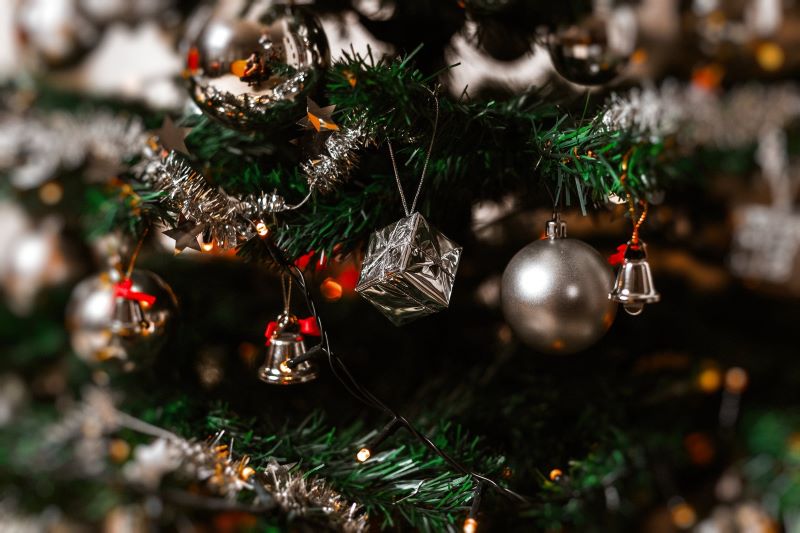Why Choose an Artificial Christmas Tree?
Artificial Christmas trees are made primarily from plastic, a petroleum-based material, and so they don’t do much good for any environment. Due to its dirty life-cycle and increased demand for fossil fuels, PVC is particularly bad for the environment, and this has made it a point of concern for many environmental groups.
Dioxins are released as a result of the manufacture of PVC. They’re also released during burning or landfilling at the end of its lifespan. The presence of dioxins may cause reproductive problems, liver damage, and developmental disorders in children. Besides, the majority of artificial Christmas trees are produced overseas, so there is also the impact of shipping and packaging.
But is it possible to reuse artificial Christmas trees?
Well, it turns out most families continue to use a tree for just a few years-say about a decade (and sometimes less than that). A new tree style may appear (yes, that happens!) or they may get worn out and damaged over time. And then they’re thrown out (there really isn’t any way you can recycle artificial Christmas trees). Quite a bit of long-term environmental damage there.
Don’t panic! You can minimize your family’s exposure to lead and phthalates if you own an artificial Christmas tree made of PVC.
Before you bring your artificial Christmas tree indoors, keep it outside or in the garage for some hours. The smell of plastic needs to dissipate (these are VOCs that are not good for indoor air).
Handle the tree with gloves and wash your hands before eating and snacking.
Keep children away from the tree. Have the tree remain just a decoration after it is decorated. And ensure your children wash their hands before eating or snacking.
Vacuum regularly using HEPA filters. Chemicals will be vacuumed up in this way!
